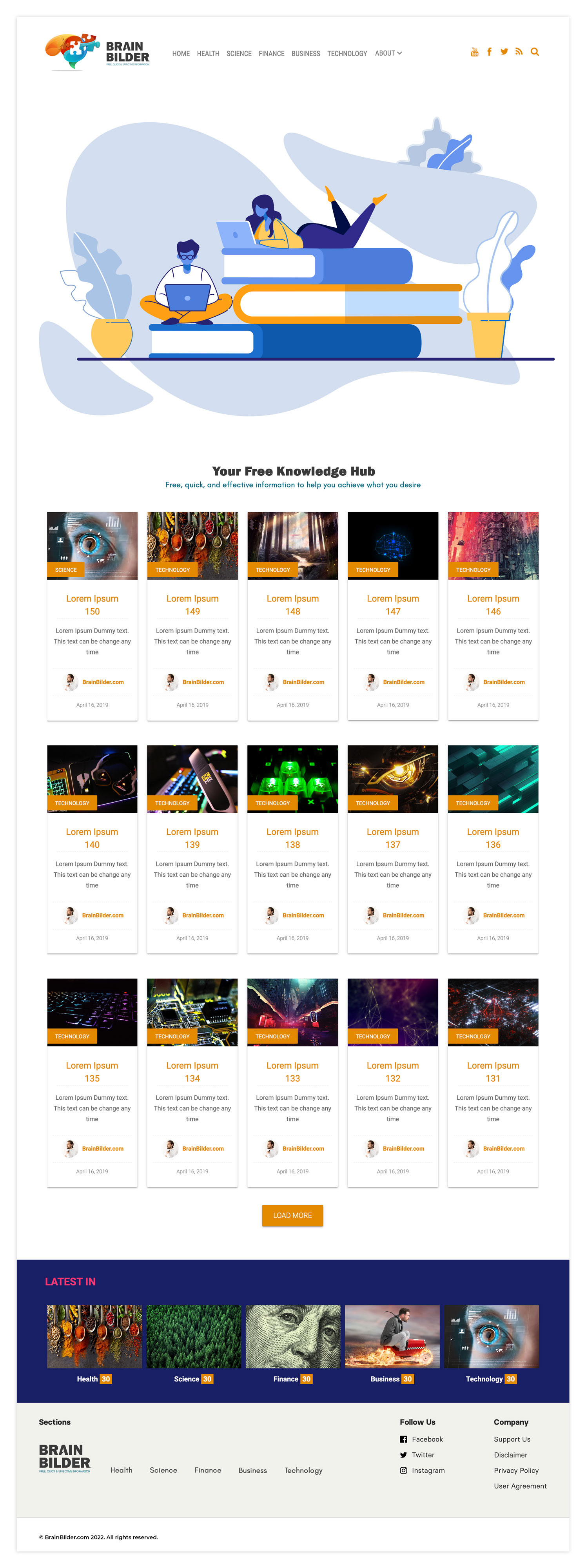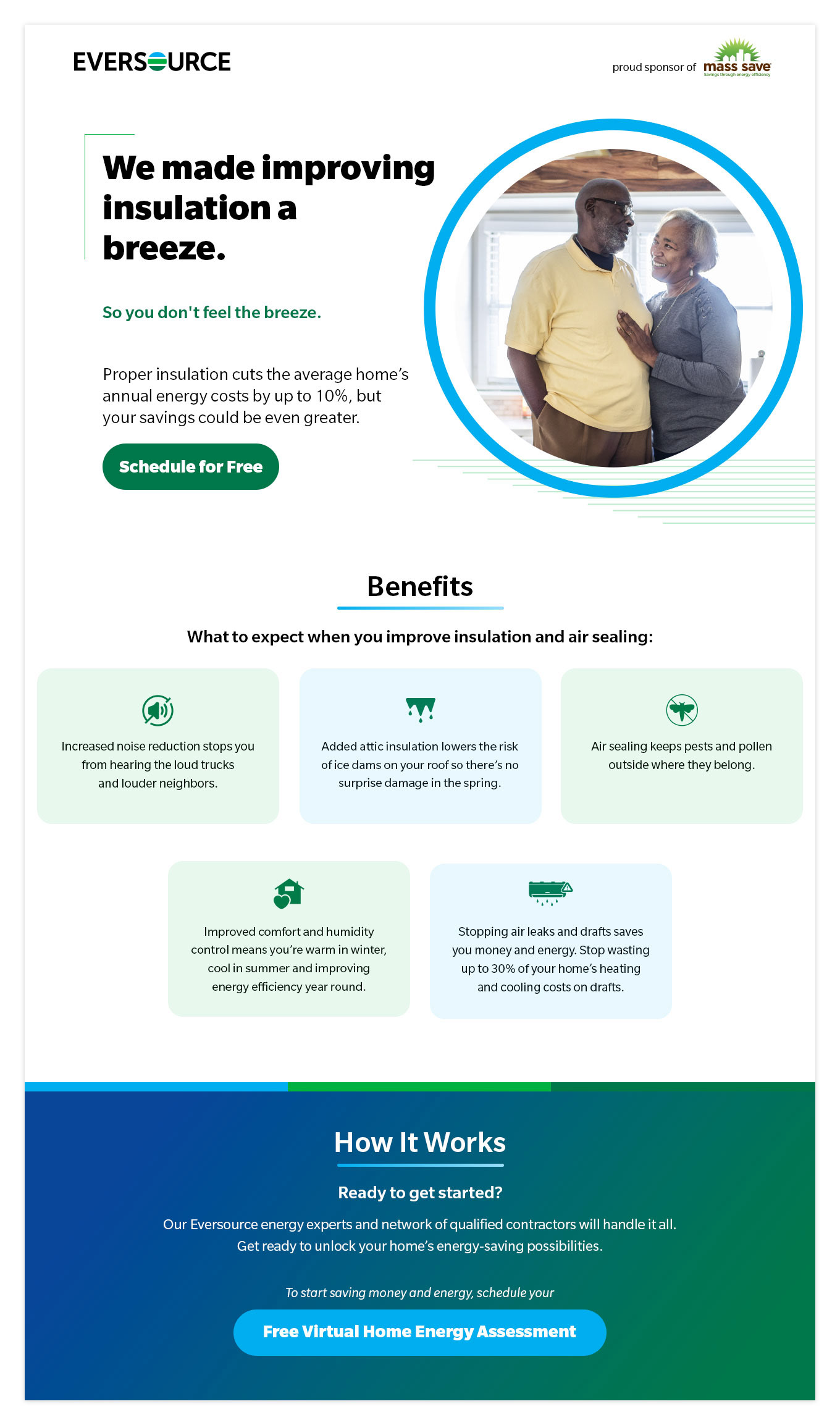

As Frank Chimero, famed brand and product designer eloquently put it, "People ignore design that ignores people." You can create the sexiest design our there, but if you don't empathize with the end user and consider their needs thoroughly during the design process, well, folks will look away.
This leads to the next insight: personal bias as a designer (non-validated personal opinions) is a huge no-no in user centered design. In summary, as designers we must put ourselves in the shoes of our target audience and where they are in the buyer's journey—this awareness leads to more effective website designs at the onset from the very first sketch and low-fidelity wireframe to the live site developed in HTML5, CSS3 and Javascript. The result? Happy clients with happy customers means more business for the agency.
I've worked on a plethora of web design projects from soup to nuts, applying Hasso-Plattner Institute of Design's five-stage design process. Whether I'm sketching or wireframing to establish structure and flow of design solutions, or handing off a live site, it's gonna pack a punch.
I've worked on a plethora of web design projects from soup to nuts, applying Hasso-Plattner Institute of Design's five-stage design process. Whether I'm sketching or wireframing to establish structure and flow of design solutions, or handing off a live site, it's gonna pack a punch.
Check out an example of what low-fidelity wireframing looks like. At this stage, I give the client a ton of flexibility to define their desired desktop and mobile experience:


